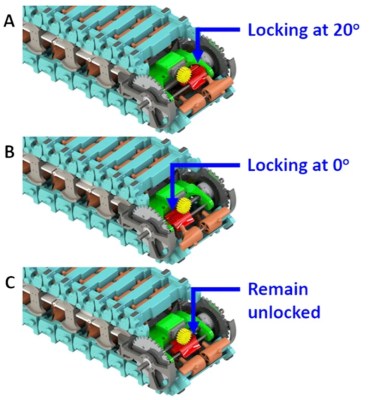[Scott Yu-Jan] is a big fan of the iPhone’s standby mode. Put the phone on charge horizontally, and it looks all stylish, with sleek widgets and clocks and stuff showing you information you presumably care about. [Scott] enjoyed this so much, in fact, he whipped up a custom charging dock to make the most of it.
The design was a collaboration with artist [Overwork], who mentioned the DN 40 alarm clock created by legendary designer [Dieter Rams]. [Overwork] sent [Scott] a draft inspired by that product, and he printed one up. It featured an integrated MagSafe charger to juice up the iPhone, and pressing into one side of the phone would pop it free. It was cool, but a little clumsy to use.
[Scott] liked the basic concept, but shows us how he iterated upon it to make it even nicer. He added in a wireless charger for AirPods in the back, gave the device adhesive feet, and a big chunky eject button to release the phone when desired.
You can also grab the files to print your own if you so desire! We’ve seen [Scott’s] work before, too, like his neat 3D scanner build. Video after the break.





















